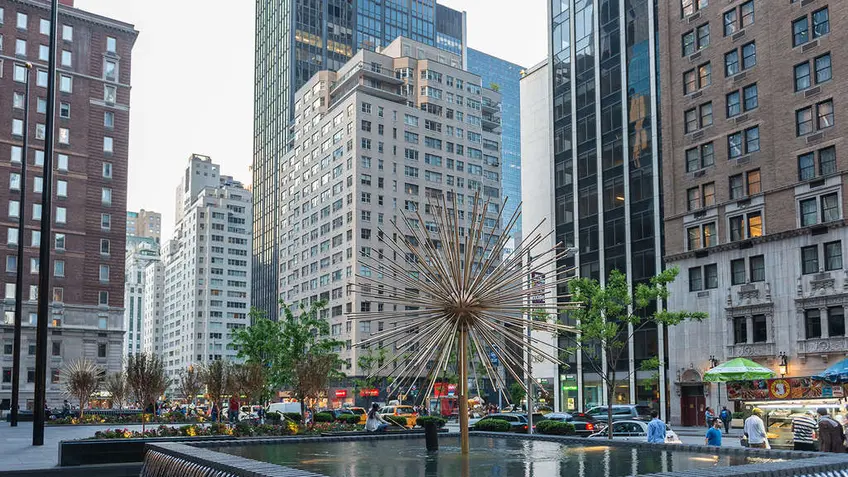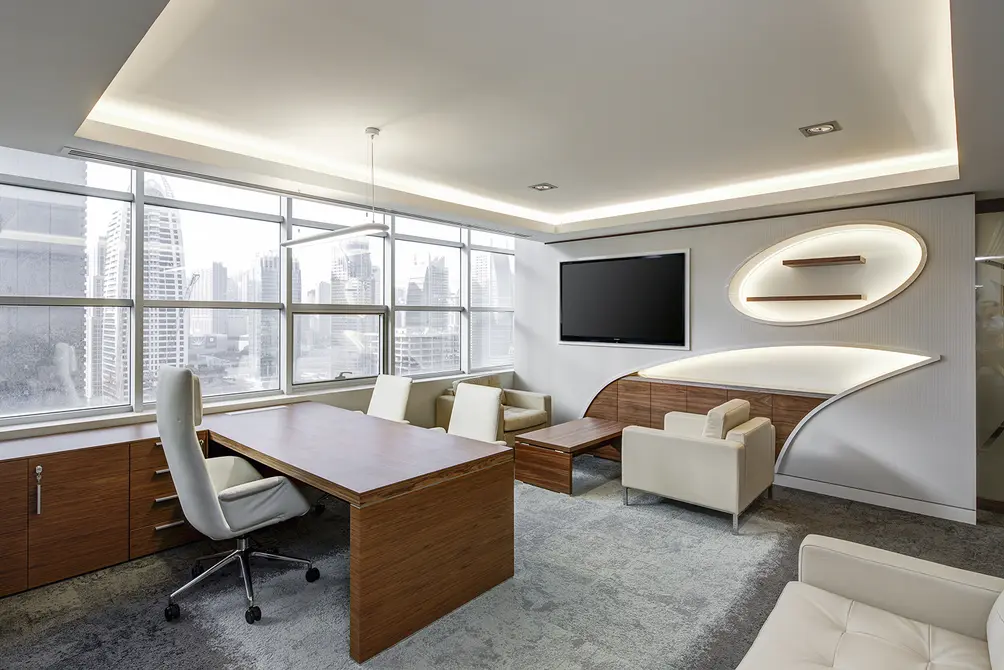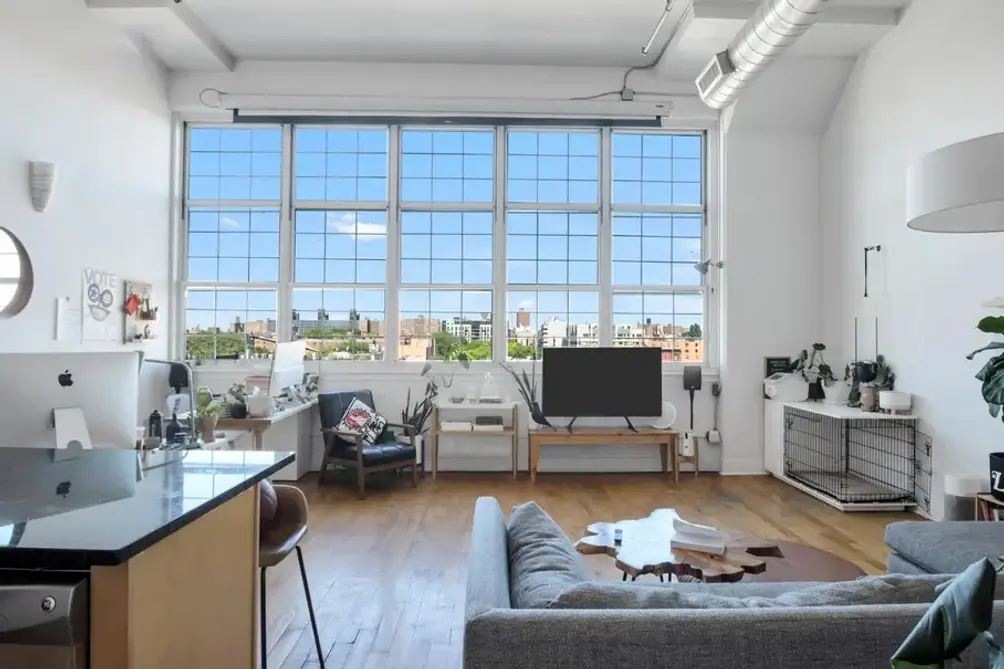 Midtown West office streetscape (CityRealty)
Midtown West office streetscape (CityRealty)
In View from the Top, CityRealty examines market data and recent transactions to offer an industry expert's perspective on New York's ever-changing real estate market.
In present-day New York, we are confronted with a perplexing conundrum: millions of square feet of vacant office spaces, and an equally pressing issue of housing shortage for our lower-income compatriots. So why not convert these forlorn office buildings into bustling low-income housing? Whispers about this began at the height of lockdown, and have gotten louder in the months that showed no rush to return to the office.
In present-day New York, we are confronted with a perplexing conundrum: millions of square feet of vacant office spaces, and an equally pressing issue of housing shortage for our lower-income compatriots. So why not convert these forlorn office buildings into bustling low-income housing? Whispers about this began at the height of lockdown, and have gotten louder in the months that showed no rush to return to the office.
Some are skeptical of how buildings that hold rows of desks, gaggles of employees, and an inordinate number of water coolers can be turned into vibrant yet intimate residences. However, office and residential properties aren't as dissimilar as they might appear. Both involve large buildings. Both require plumbing, electricity, and climate control. Both are designed for heavy traffic and ideally situated close to public transportation. In short, office buildings have some built-in advantages if you squint hard enough.
 Could this office serve as a new apartment's bones? (Pixabay)
Could this office serve as a new apartment's bones? (Pixabay)
But here's the punchline: it's not that straightforward. The sad reality is that office buildings and residential properties abide by vastly different codes and regulations. An office building may be primed for heavy-duty electrical use, but cramming in multiple kitchens as opposed to one central kitchen on each floor, for example, shows how commercial and residential plumbing are two very different beasts.
It doesn't help that New York residences have different requirements for light and egress than office buildings do, which can make the conversion a challenging process. And let's not forget the city's zoning laws, some of which can make the conversion of a commercial building to residential a legal and bureaucratic nightmare.
It doesn't help that New York residences have different requirements for light and egress than office buildings do, which can make the conversion a challenging process. And let's not forget the city's zoning laws, some of which can make the conversion of a commercial building to residential a legal and bureaucratic nightmare.
 Brooklyn industrial building turned luxury residence (The Chocolate Factory - The Corcoran Group)
Brooklyn industrial building turned luxury residence (The Chocolate Factory - The Corcoran Group)
Despite the challenges, it's hard not to think that there could be a little poetic justice in this proposal. At a time where our cities' lower-income residents are increasingly pushed to the outskirts, wouldn't it be a beautiful irony to have them take up residence in the same buildings that once housed corporations and big businesses?
This all sounds like an amusing thought experiment, but let's not forget that cities evolve. Yesterday's warehouses have been transformed into today's luxury lofts, so who's to say today's office buildings couldn't become tomorrow's affordable housing?
This all sounds like an amusing thought experiment, but let's not forget that cities evolve. Yesterday's warehouses have been transformed into today's luxury lofts, so who's to say today's office buildings couldn't become tomorrow's affordable housing?

 6sqft delivers the latest on real estate, architecture, and design, straight from New York City.
6sqft delivers the latest on real estate, architecture, and design, straight from New York City.
